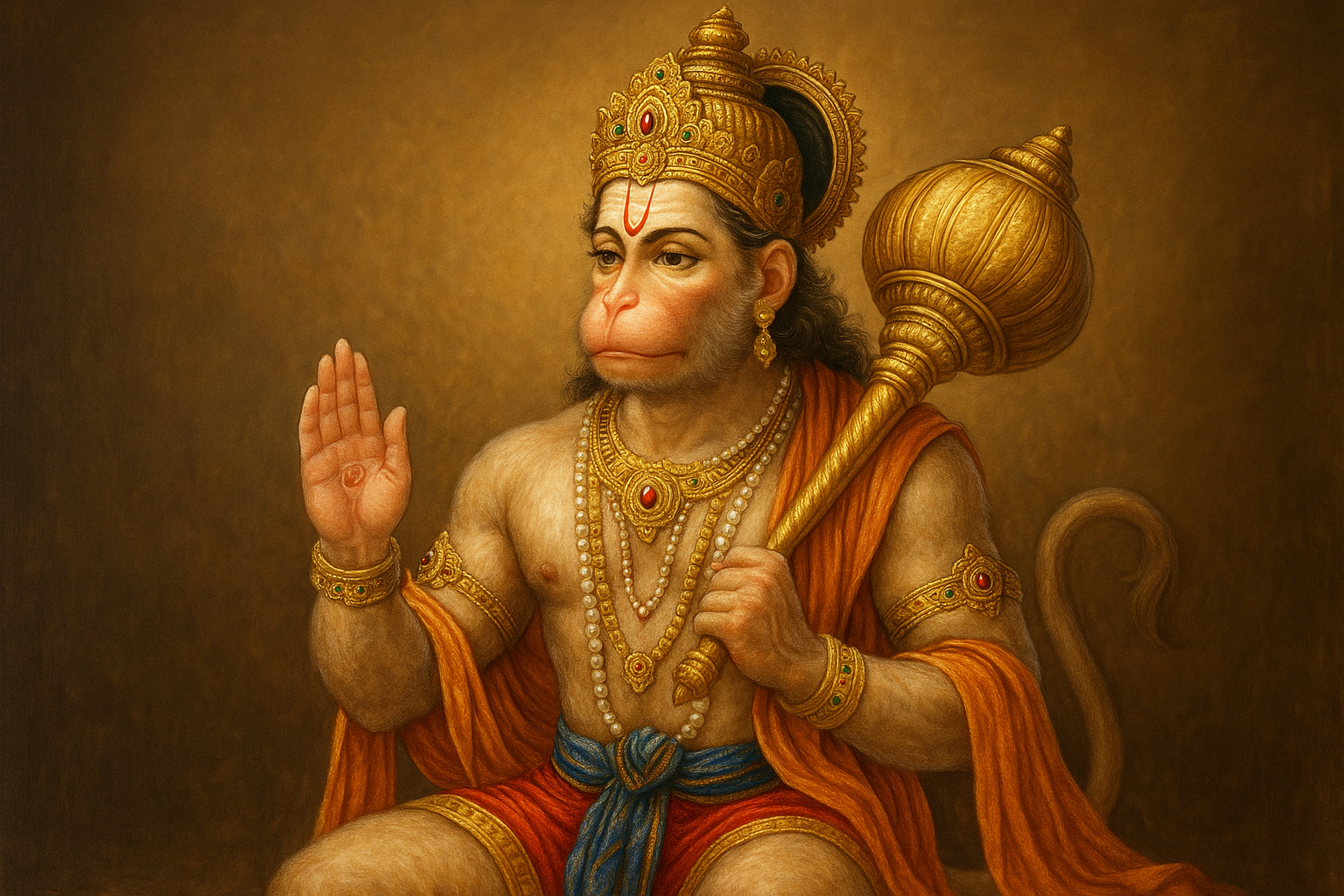🙏 Hanuman Jayanti 2025: Celebrating the Birth of the Mighty Lord Hanuman
Hanuman Jayanti, the auspicious celebration of the birth of Lord Hanuman. Born to Anjana and Kesari, Hanuman embodies courage, devotion and strength
Hanuman Jayanti, the auspicious celebration of the birth of Lord Hanuman. Born to Anjana and Kesari, Hanuman embodies courage, devotion and strength

Hanuman Jayanti is one of the most important Hindu festivals celebrated in honor of Lord Hanuman 🐒—a symbol of strength, unwavering devotion, and selfless service. Observed on the full moon day (Purnima) of the Chaitra month in the Hindu calendar, Hanuman Jayanti 2025 will be celebrated with immense devotion and enthusiasm across India and in many parts of the world. 🌕🕉️
Hanuman Jayanti marks the birth anniversary of Lord Hanuman, who is believed to be an incarnation of Lord Shiva. According to Hindu mythology, Anjana, an apsara, was cursed to live on earth and was later blessed by Lord Vayu (the Wind God), who helped her give birth to Hanuman. That’s why Hanuman is also known as Vayuputra (Son of the Wind God).
Lord Hanuman played a significant role in the epic Ramayana, where he displayed his immense devotion to Lord Rama. His bravery, loyalty, and dedication made him one of the most revered deities in Hinduism. 💪🔥
In 2025, Hanuman Jayanti falls on Monday, April 14. The day is considered highly auspicious and is observed with special pujas, recitations of the Hanuman Chalisa, temple visits, and processions.
Hanuman Jayanti is celebrated with great devotion across temples, homes, and spiritual centers. Here's how people observe the day:
Devotees wake up early, take a holy bath, and wear clean clothes. Temples are beautifully decorated, and idol bathing (Abhishekam) rituals are performed with milk, honey, ghee, and holy water.
Devotees read Hanuman Chalisa, Sundara Kanda from Ramayana, and other sacred texts that praise Hanuman’s valor and virtues. 📖
Fruits (especially bananas), sweets like laddoos, and betel leaves are offered to the deity. Special prasadam is distributed among devotees. 🍮
Spiritual gatherings with devotional music, bhajans, and kirtans glorifying Hanuman are common in temples and community halls.
Devotees light oil lamps or diyas in front of Lord Hanuman’s idol or picture to invite divine blessings into their homes. 🪔
Lord Hanuman is not just worshipped for his physical strength but also for his wisdom, humility, and undying loyalty. He symbolizes:
Different parts of India celebrate Hanuman Jayanti in their unique ways:
Lord Hanuman is often the first superhero introduced to Indian children. His flying abilities, strength, and adventures with Lord Rama make him extremely popular among kids. Many animated shows and comic books revolve around his stories. 📺✨
Many devotees observe a fast from sunrise to sunset. Some eat only fruits and milk, while others follow a more strict water-only fast. It is believed that fasting on this day brings good fortune and spiritual awakening. 🥭🥛
Hanuman Jayanti is more than just a festival—it's a reminder of the eternal power of faith, loyalty, and devotion. As we celebrate the birth of this mighty hero, may we imbibe his virtues in our daily lives and overcome all challenges with courage and humility. 💖💪
🕉️ Jai Bajrangbali! Jai Hanuman! 🙏
Writer and content creator
Log in to share your thoughts and engage with other readers.